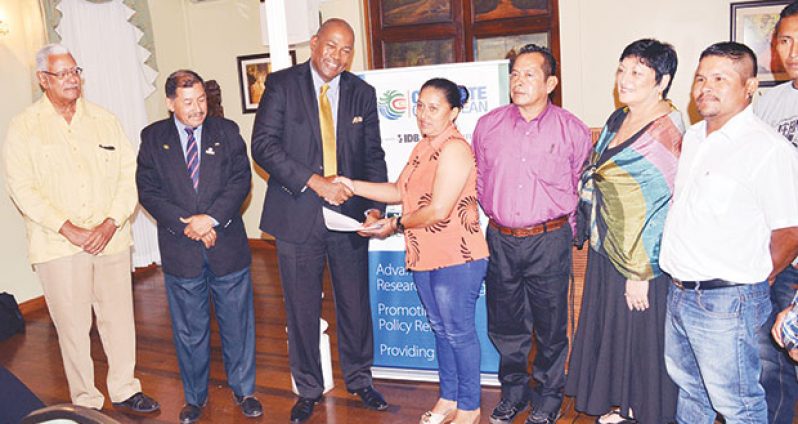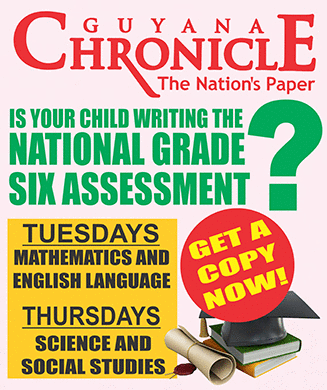SEVERAL indigenous communities in the Rupununi are expected to benefit from a catch and release Arapaima sport fishing project.On Monday, Attorney-at-Law, Nigel Hughes presented the protocols and draft legislation, which govern the project to Minister of Indigenous Peoples Affairs, Syndey Allicock.
The project was initiated in 2012 by eco-lodges based in the villages of Surama, Rewa and Karanambu. The lodges developed a joint business initiative called The North Rupununi Cluster and secured funding from a Barbados-based private sector investment support programme, Compete Caribbean.
The North Rupununi Cluster developed a detailed plan to upgrade these lodges to international standards of excellence for sustainable tourism, with catch-and-release sport fishing as a lucrative tourism product. Other key objectives of the project are the protection and preservation of Arapaima stocks, and the development of small to medium scale businesses that will boost the quality of life in the surrounding communities.
The Arapaima is native to Guyana and parts of the Amazon Basin. This South American giant breathes air, and is one of the largest freshwater fish in the world. Some grow to more than 10 feet (3 meters) and weigh upwards of 400 pounds (180 kilogrammes).
The presentation of the protocols and draft legislation governing the project, done at Cara Lodge in Georgetown, marked the end of the first phase of the project. At the ceremony were Public Communications and Tourism Minister, Cathy Hughes, Minister of Business, Dominic Gaskin and Minister of Agriculture, Noel Holder, who later received the documents from Allicock.
Canadian High Commissioner to Guyana, Pierre Giroux and British High Commissioner to Guyana, Greg Quinn were also on hand at the event.
Minister Allicock, speaking on the impact of the project on the Rupununi, said the fish was being sold in Brazil or exchanged for various condiments, but the communities in the Rupununi agreed to cease any trapping of the fish so that the population could be replenished.
According to the Minister, trainers were identified and their duties included compiling reports of the number of Arapaimas in the area at the time.
“Here is where we were able to engage the various players and today I can tell you that within the three communities, we have seen the confidence of our people , partnerships, that trust; we have seen accountability,” he said of the project.
He said that along the way, there were technical issues which the young residents of the area were able to overcome in order for the project to materialize.
Minister Hughes expressed appreciation to Caribbean Compete on what she termed a “very dynamic project.” She expressed appreciation to the donors, including the Canadian High Commission, the Inter-American Development Bank (IDB) and UK AID.
She said that eco-sites cannot be developed without the requisite financing.
The Canadian High Commissioner described the event as an important one. He said that the project, of which Canada contributed CDN$20 million did not end Monday, as he urged that the project “step into a continuous progression”.
Executive Director of Caribbean Compete, Sylvia Dohnert noted that its mandate encompasses 15 countries in the Eastern Caribbean. She said the entity’s work is based on working with the private sector, with the governments to enhance the private sector and to produce data and knowledge relative to its projects.



.jpg)











